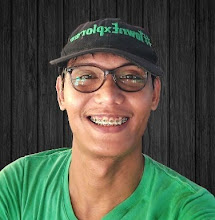"The scope of Licuan-Baay is extensive and expansive. You need to get a guide beforehand who is familiar enough of the town. Reaching the barangays and communities of the Tingguian (Itneg) people is tricky"
I got this opportunity to visit another town in
Abra called
Licuan-Baay. I would say it is a remote town with communities hiding within those seemingly endless range of brown mountains covered with grasses like the Chocolate Hills type. The town is literally a town-of-gold because it has gold deposits and those golden wealth are being extracted by the residents of the town through small-scale mining activities.
Brown Mountain Ranges
When I first heard about the town, I was thinking it was made up of two towns fused together but they are actually one since. Interestingly, the town is actually divided into two (2) unofficial districts called Licuan and Baay. The other side of those towering mountains is Baay and the other one is Licuan. I was able to explore more of the Baay side.
Reaching and Exploring (the town): Citing the Difference
Exploring the town is not as easy as eating ripe mangoes. If you are a solo traveler wanting to do it solo is a suicidal attempt so please spare this place if you are brokenhearted. Yes, I have done several solo travels that require
trekking and hiking and I would say those were just easy compared to how I reached the inner communities of the town.
Going to Licuan-Baay didn't require me to trek and hike (at most) and you think it was easy? Nope. I was even given a chance to ride on a decent car courtesy of some kind people of Abra but that doesn't mean I didn't have to experience exhaustion.
Ok, let's say it this way. You can actually reach the town via the Kalinga-Abra road easy because the said road is paved and improvement is under way. But you will just stick to what you can see at the highway which are mountain ranges and nothing but mountains. I tell you, the beauty of the town is hidden behind, in between and beneath those mountains talking about protected caves and subterranean rivers.
'Reaching' Licuan-Baay via Kalinga-Abra Road
So to make the visit to this town worth it, I really want to use the cliche word explore and 'reaching' the town is different from 'exploring' the town.
If you are a first timer, you can not simply rely to your maps and GPS even if you have your own car if you want to try the word explore solo.
You need a guide, I tell you, you need a guide. You can not get a guide in town at instant. The scope of Licuan-Baay is extensive and expansive. You need to get a guide beforehand who is familiar enough of the town. Reaching the barangays and communities of the Tingguian (Itneg) people is tricky.
'Exploring' the town is a whole different story
So now you know the big gap of difference of reaching and exploring the town and you will learn more if you will keep an eye to my Licuan-Baay series.
The people are specific about their location if they are from Baay or Licuan. But as I was saying, Licuan-Baay is a single town with two major unofficial subdivisions. The seat of the municipal government is located at the Licuan side while the schools and the house of the town mayor is located at the Baay side.
The town and the people

Tingguian Elders in Baay
Licuan-Baay is a town of around 4000 people which belong to the Tingguian tribe (or Itneg bloodline). Like other towns in Abra, the people of Licuan-Baay speak their own Itneg dialect while Ilocano is spoken when they go to the capital town of
Bangued.
I got the chance to meet the people of the Baay side and met some of the amazing Tingguian elders in Brgy. Bulbulala. They don't wear traditional tribal clothes and they are just like us. But one thing that makes them unique and identifiable to others is their Itneg dialect.
The Itneg people who are educated can speak Ilocano, English and Filipino too. I am just talking about the dialect here. I know there are more with regards to their culture, practices and customs but to understand that, it requires that I have to live with them in a considerable length of time. Of course, I don't want to talk as if I am very familiar of their tribe.
They are great people! Very warm, very kind, very hospitable and welcoming!
Baay National High School
The town has 11 huge barangays and I was able to visit 3 of them called Nalbuan, Bulbulala and Tumalip and a sitio called Tubong.
The three barangays are just wonderful. I was welcomed with great food, great sceneries and of course warm people.
Teens in Nalbuan killing time at this foot bridge
Old House in Bulbulala
Exotic Food in Sitio Tubong (Tab-Tabba)
Fresh Highland Buko in Tumalip
Rice fields in Bulbulala
I have a lot of experiences to share. I was welcomed by the peaceful scenes in Nalbuan, encountered an exotic food in Sitio Tubong, I got to see old houses in Bulbulala and taste a fresh highland buko in Tumalip.
I know this will take me long so I have to cut my Licuan-Baay adventures into series.
One of the most notable landmarks in Licuan-Baay, Abra is probably this mountain that seems to have no life. I mean, it does not have vegetation, it is barren and looks dangerous.
But I would erase my previous statement that it has no life because it actually gives life. It gives livelihood, or source of income to the people by giving them the golden opportunity, that is, to extract the gold therein via small-scale mining.
The photo above is another golden mountain that used to be the favorite place for gold-diggers like a large-scale mining firm.
The town mayor said that this mountain used to be 'bald' and has craters due to the large-scale mining activities but now has recovered when the firm stopped extracting golds there.
To date, only small-scale mining activities are allowed there and the people of Licuan-Baay mainly benefit from it.
So now? I am not yet done! I have a lot of discoveries and stories to share in this mountain town.
Map of Abra showing the location of Licuan-Baay


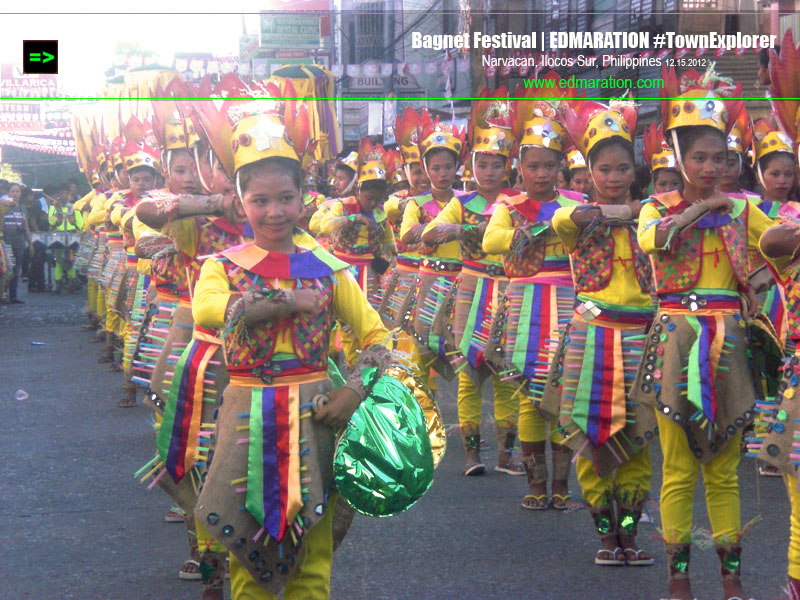
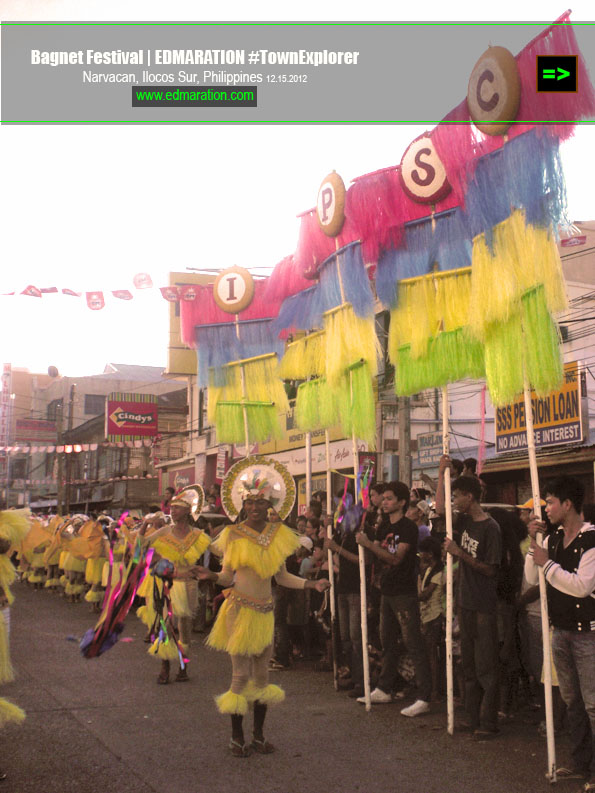
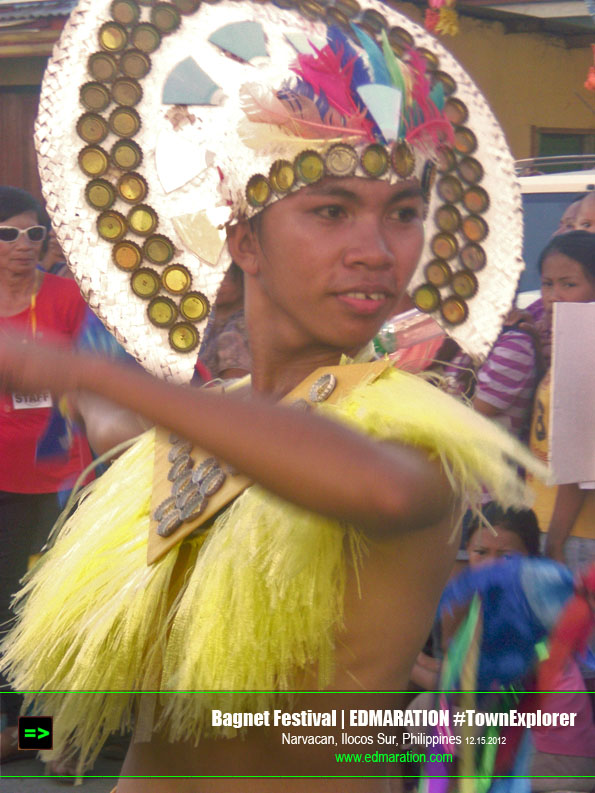
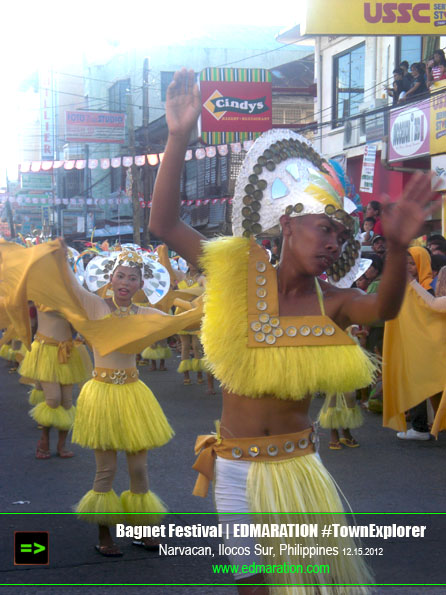
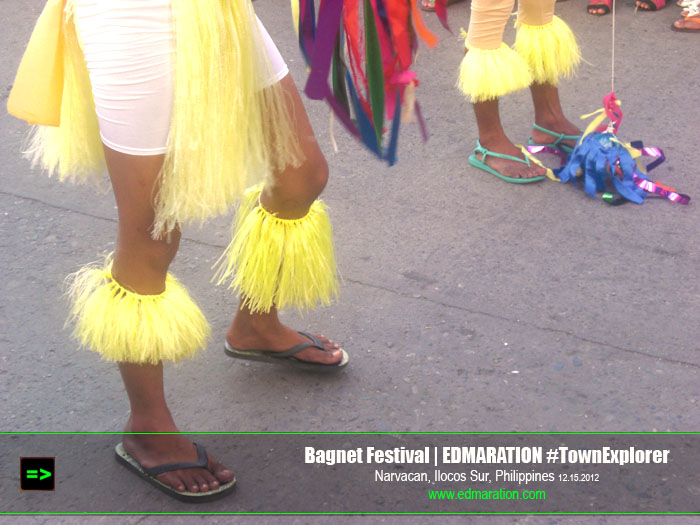
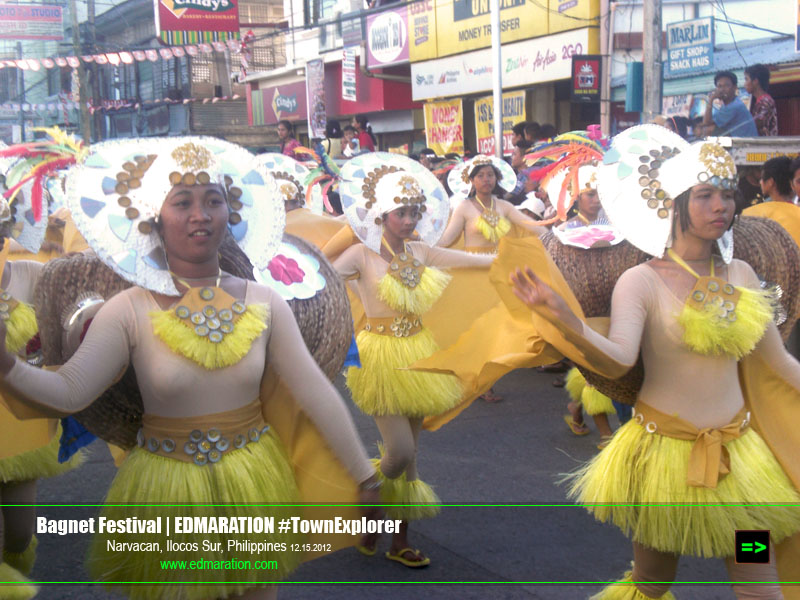
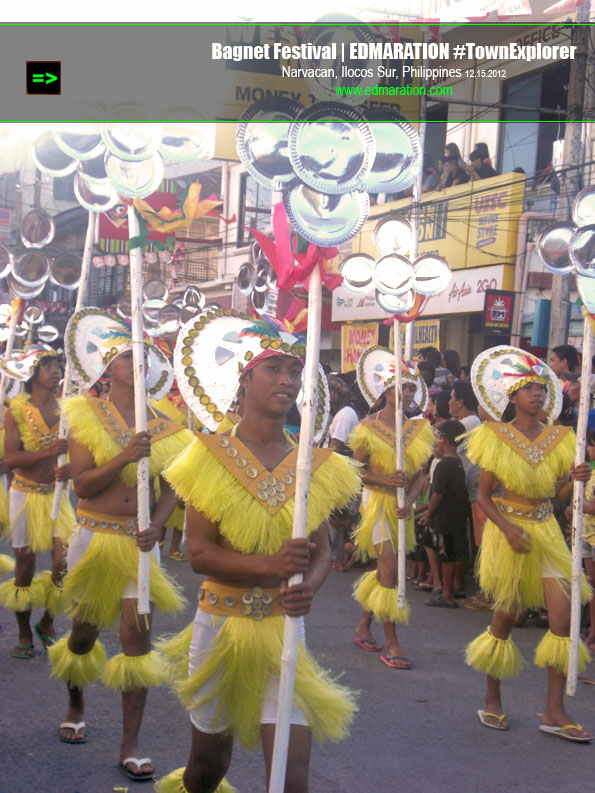
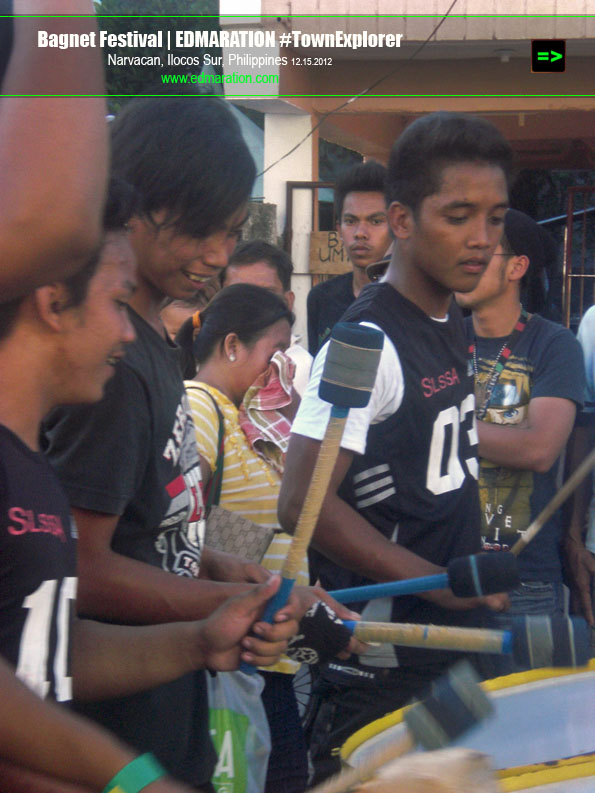
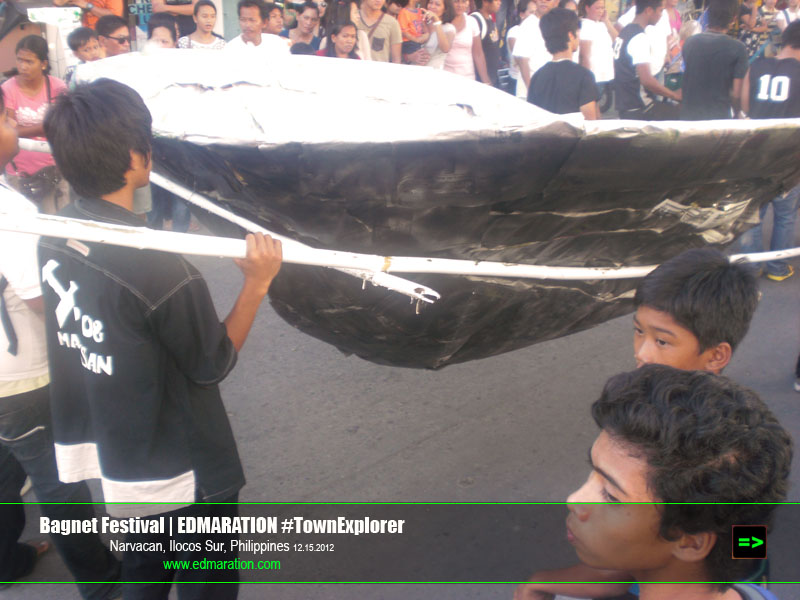
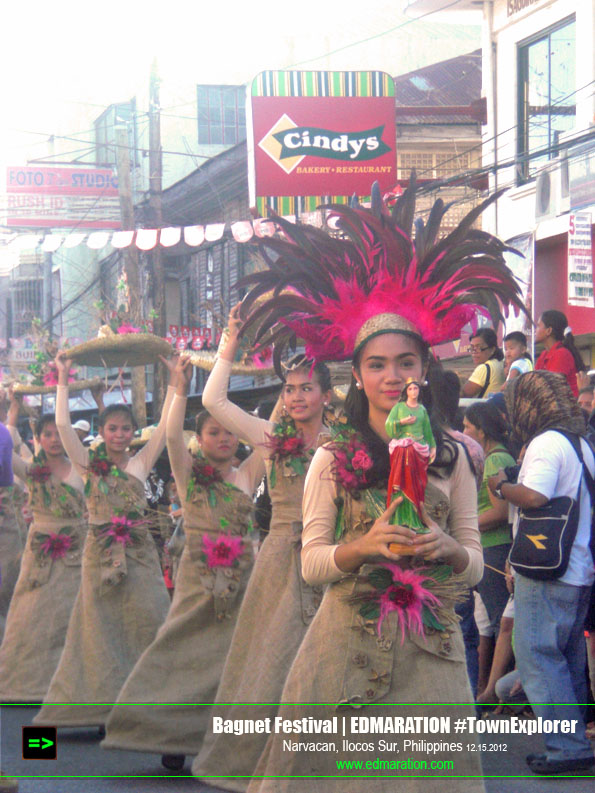


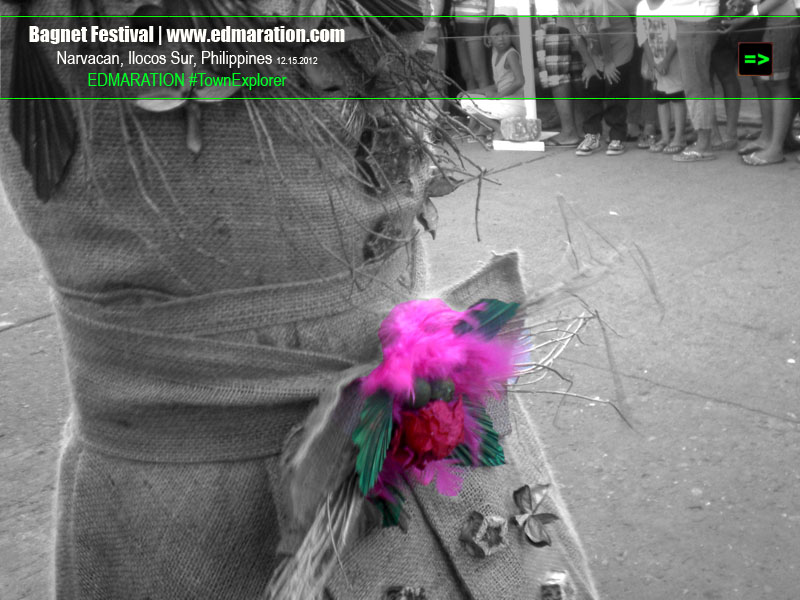
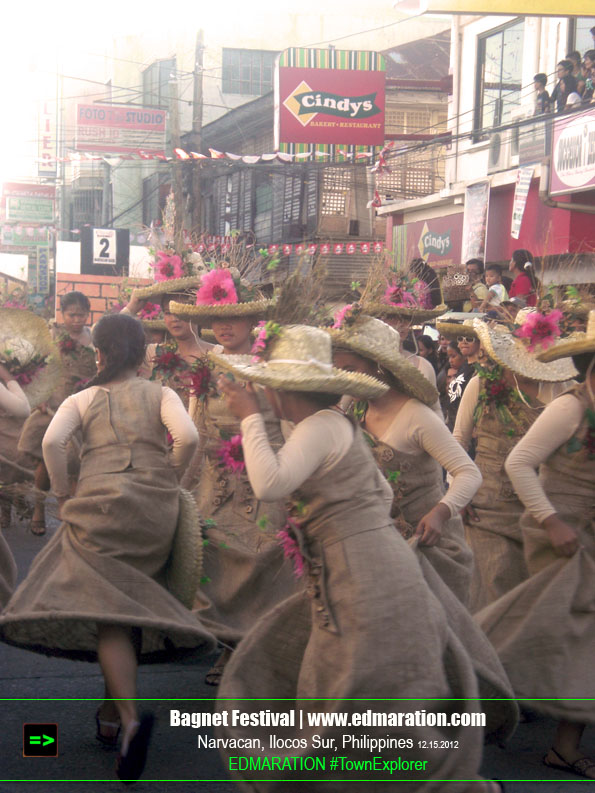
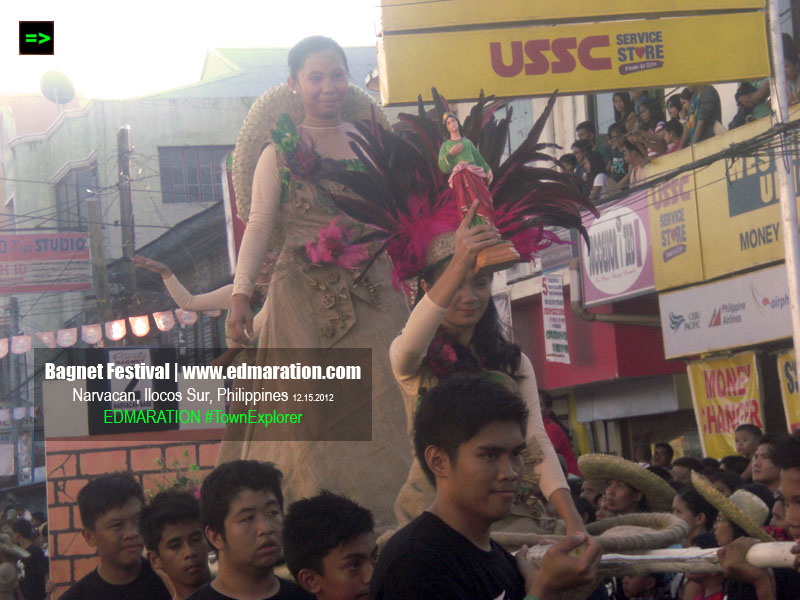

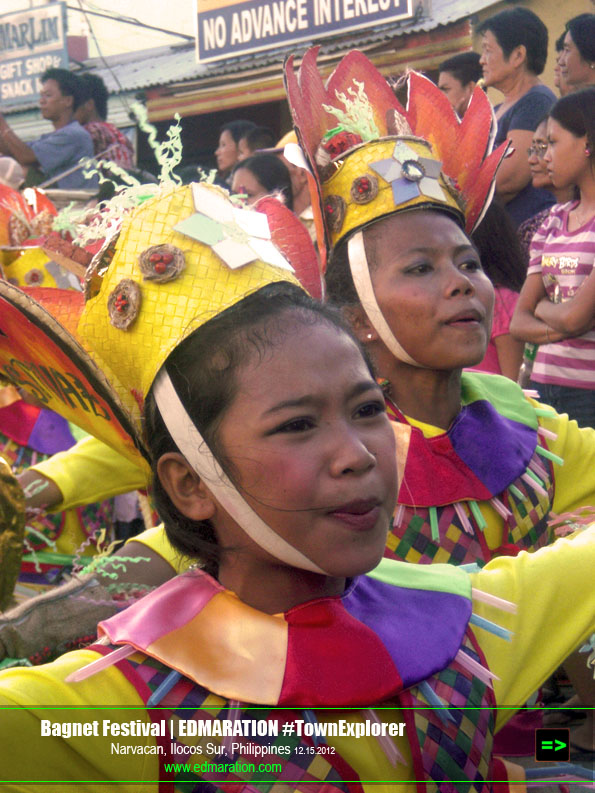
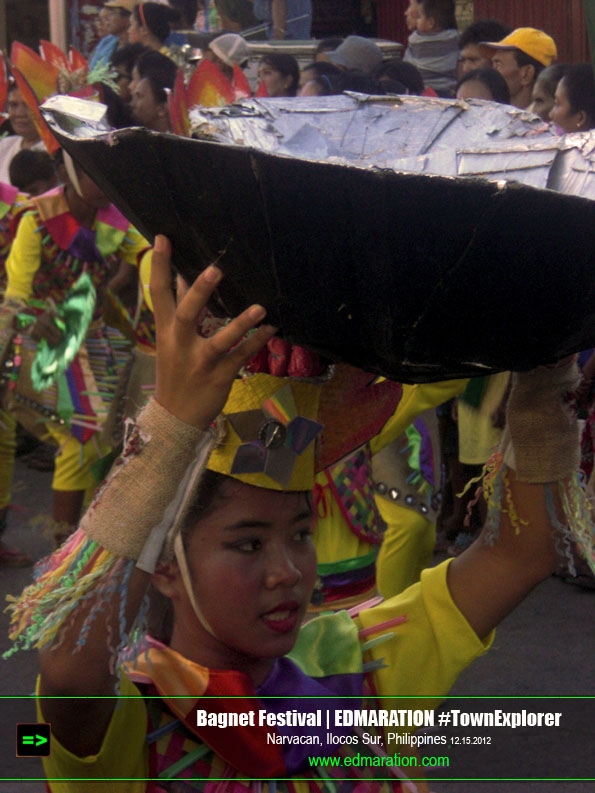
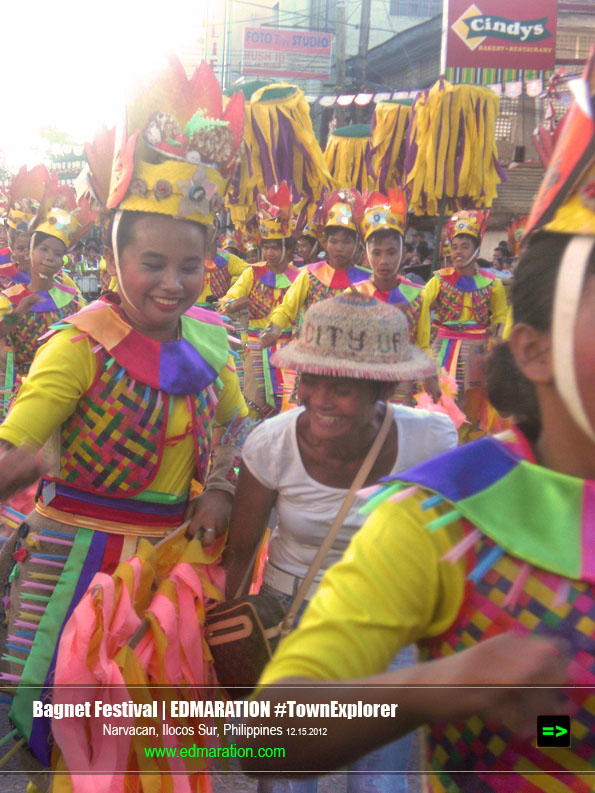
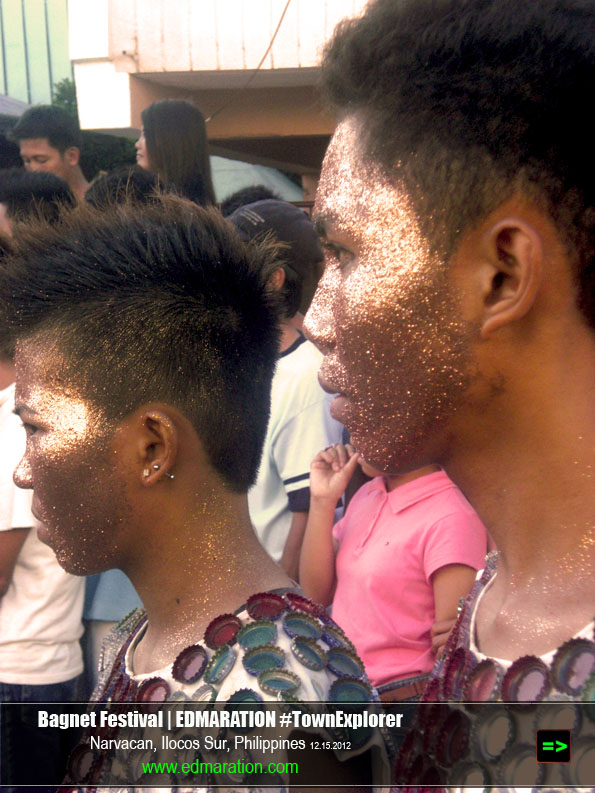
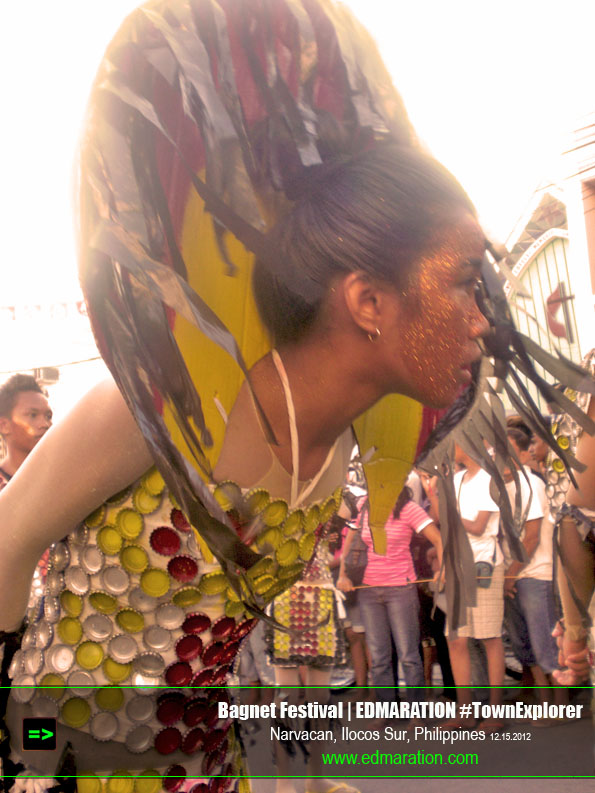
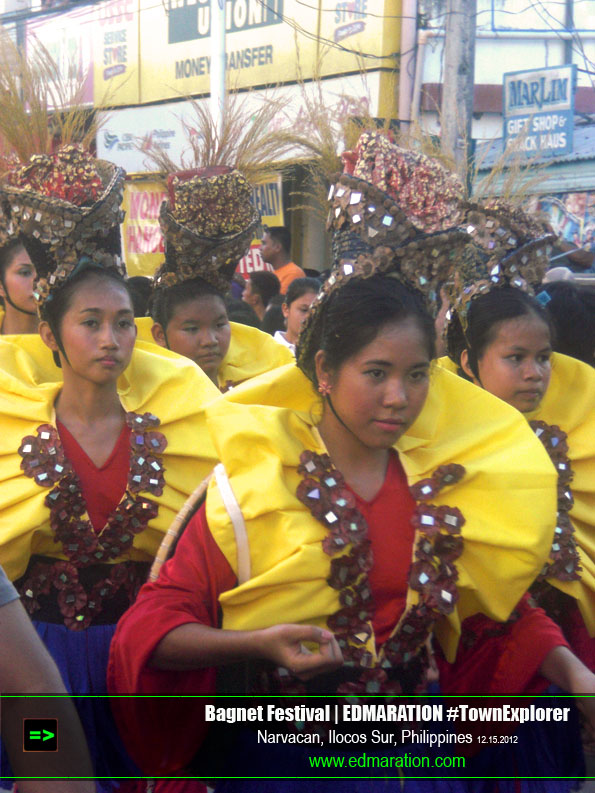
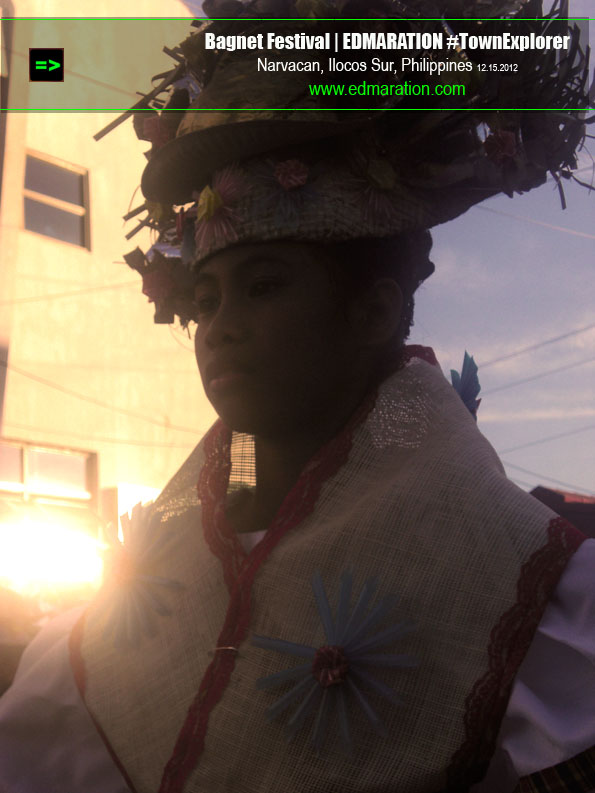
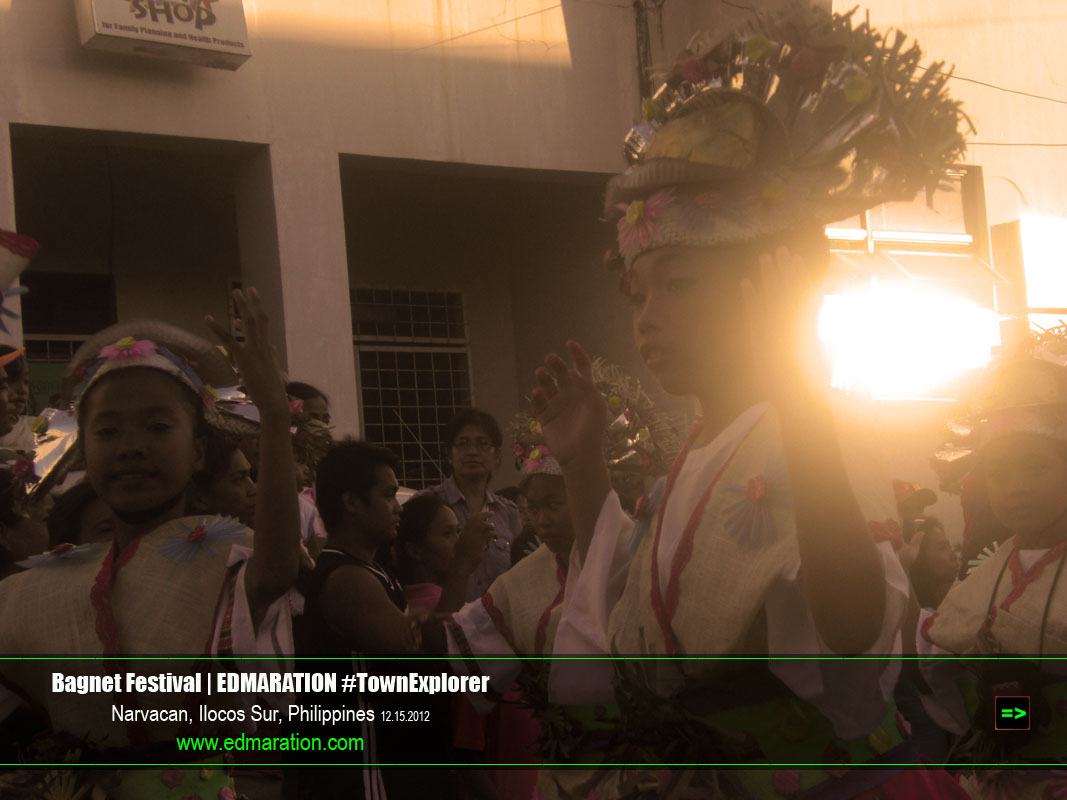
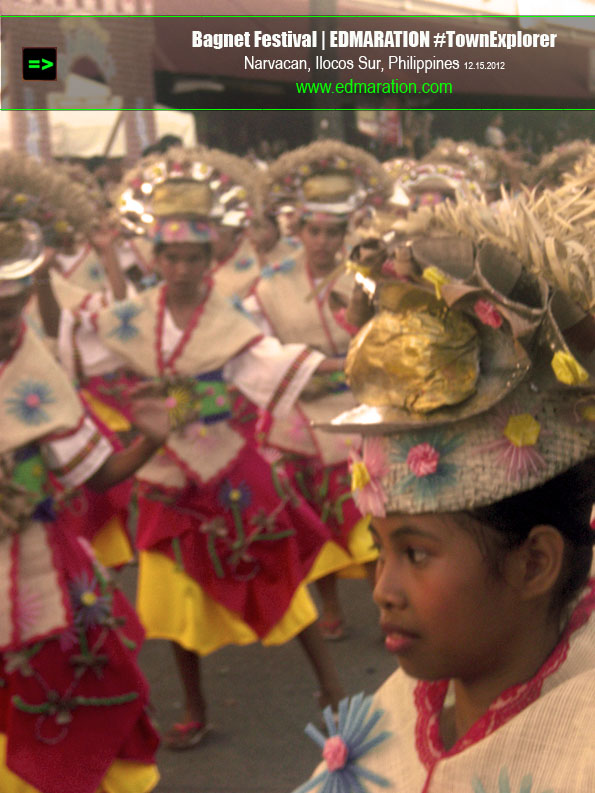
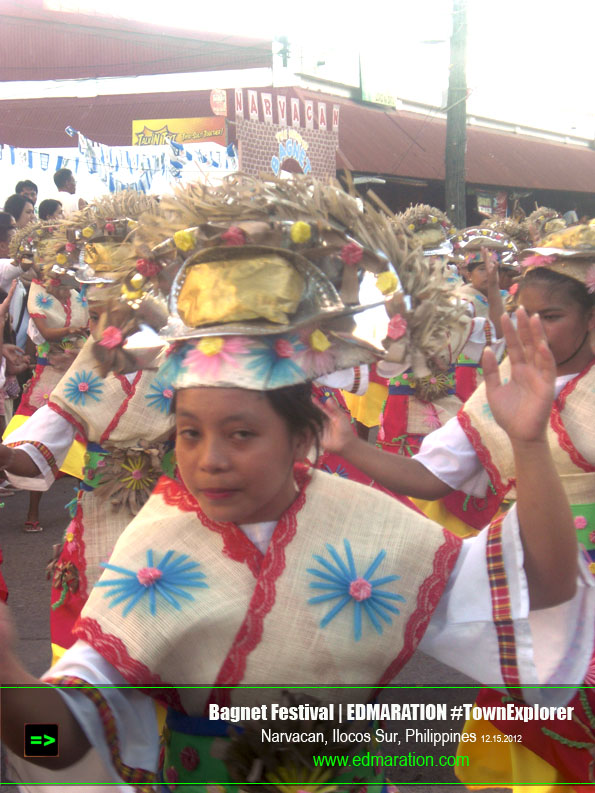
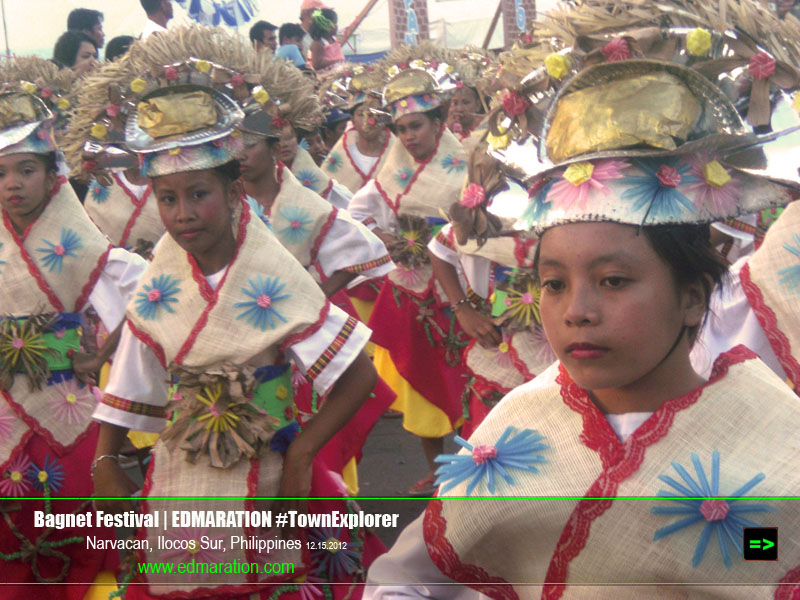
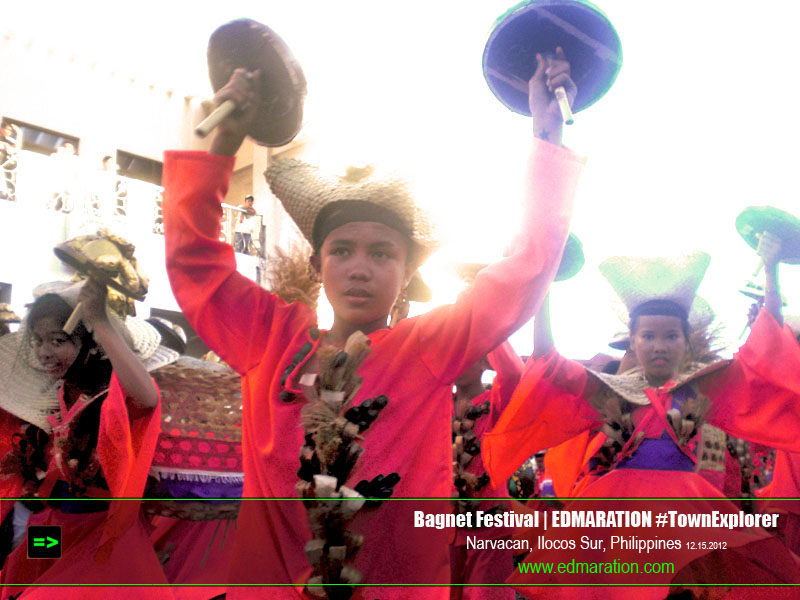

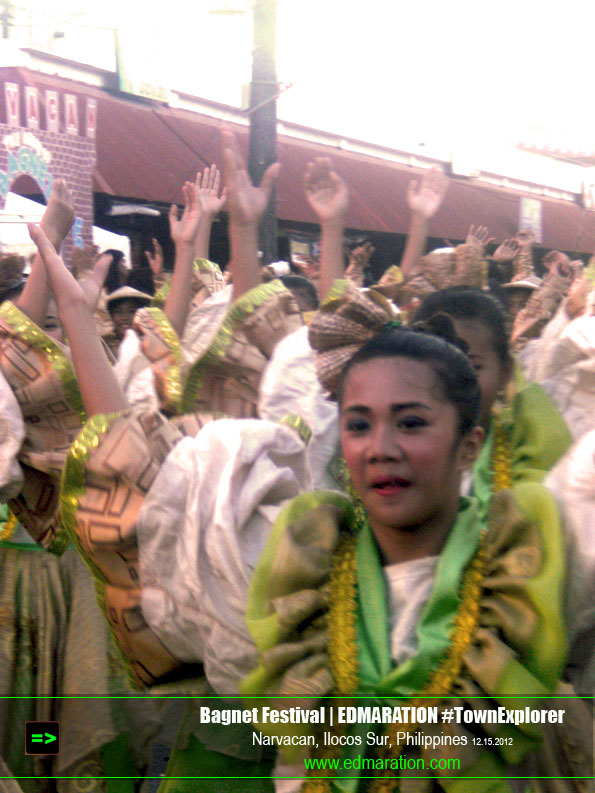
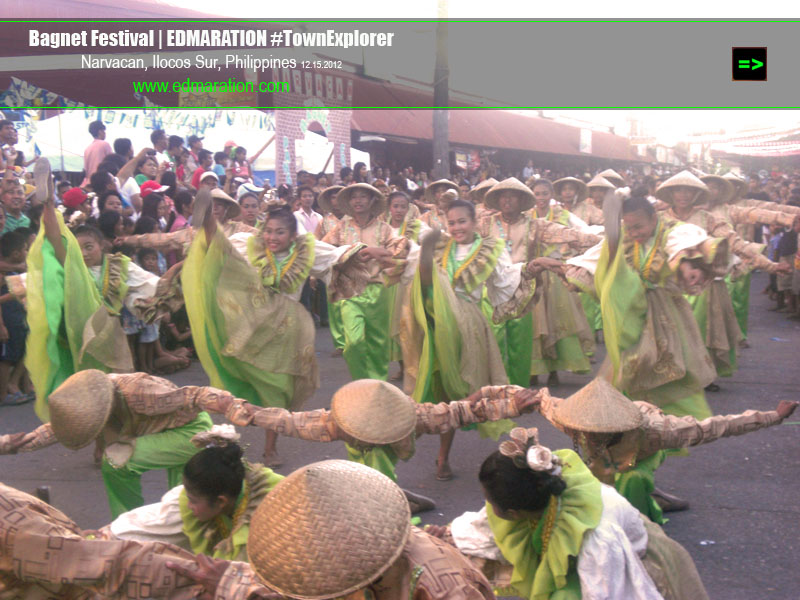
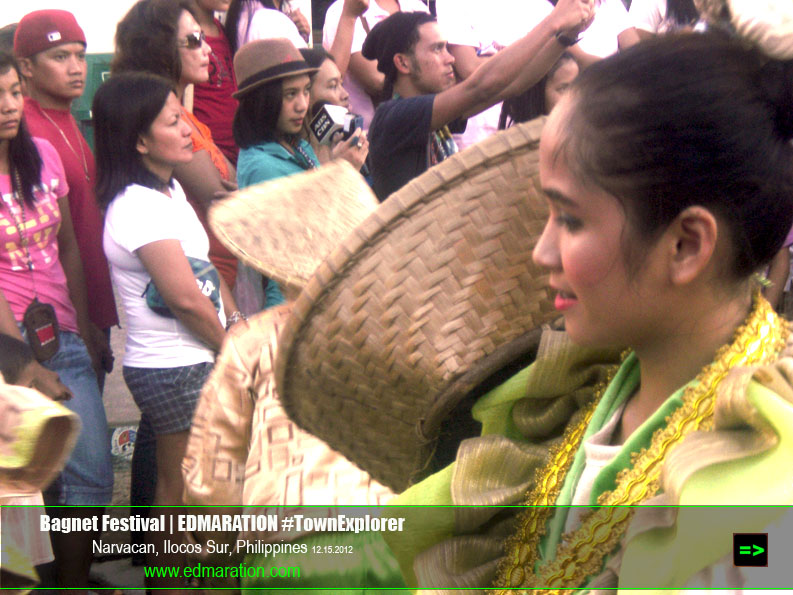
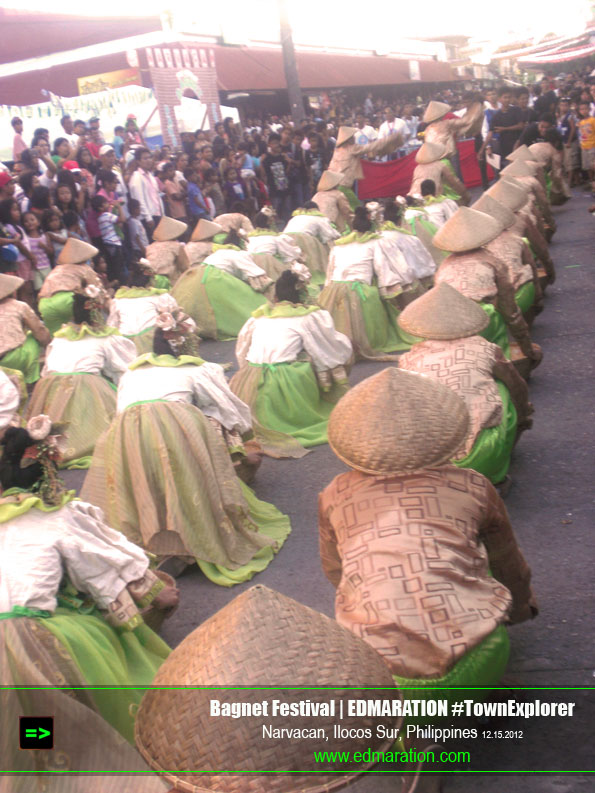
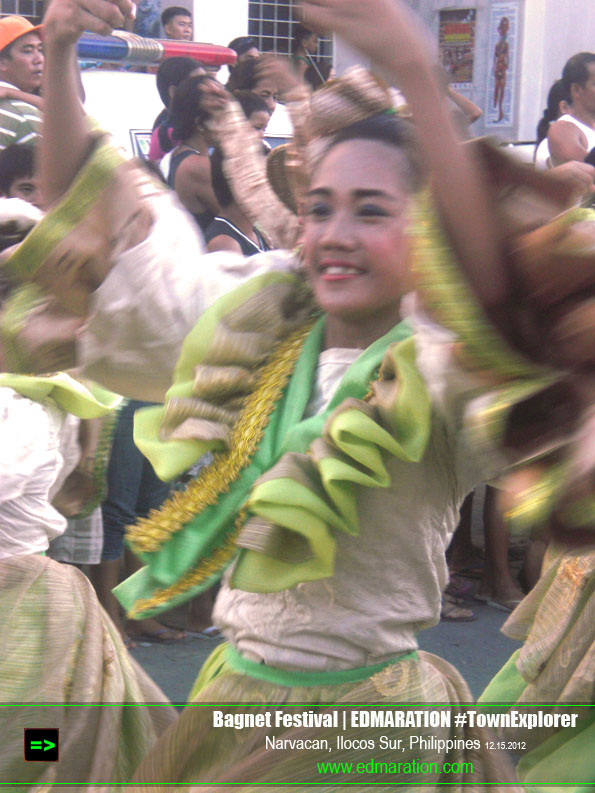
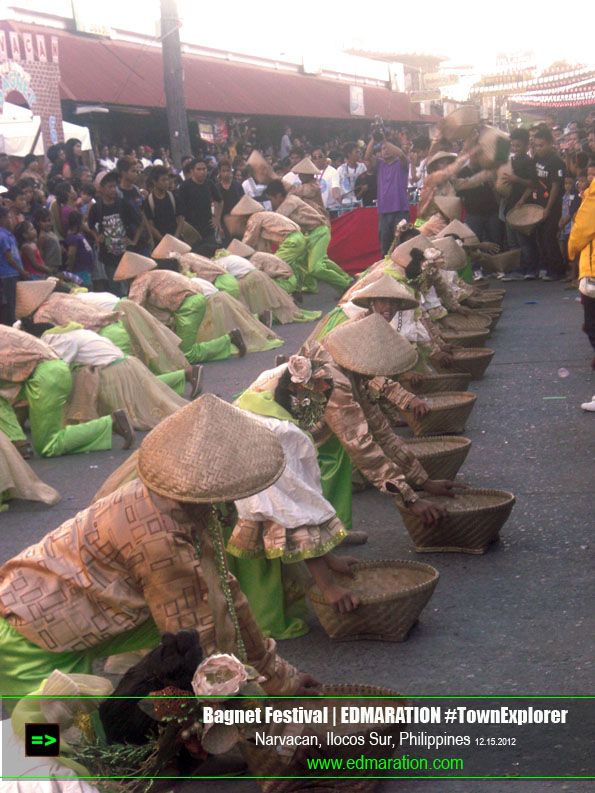
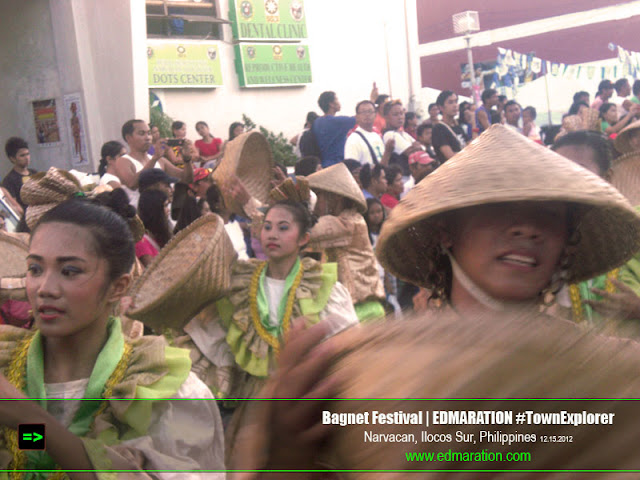
 NAGUSTUAM DIAY NABASAM/NAKITAM? MABALIN MO MET I-LIKE.
NAGUSTUAM DIAY NABASAM/NAKITAM? MABALIN MO MET I-LIKE.


